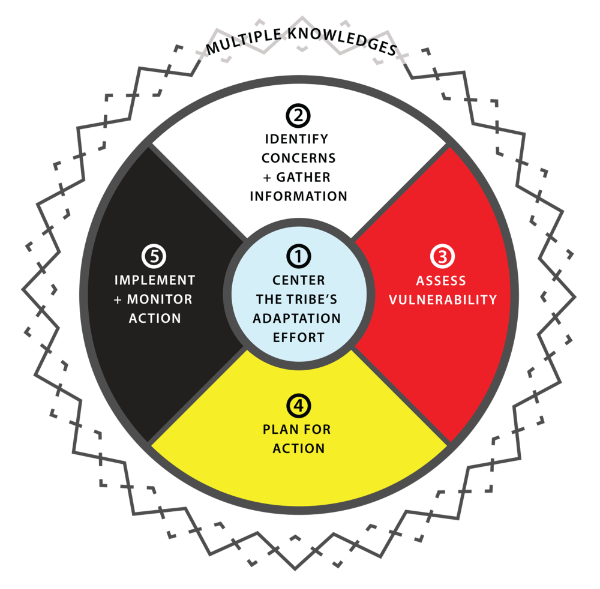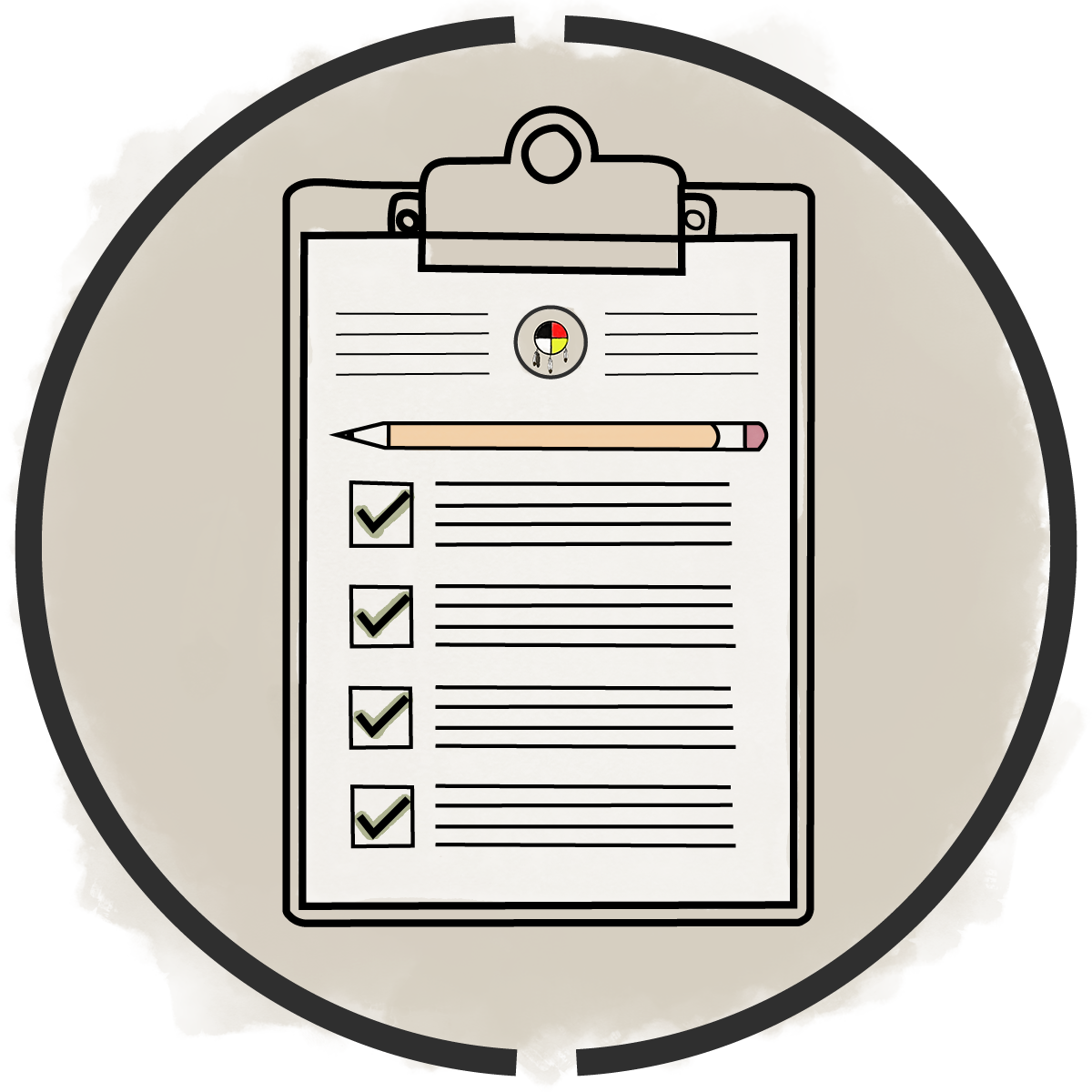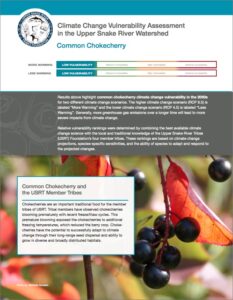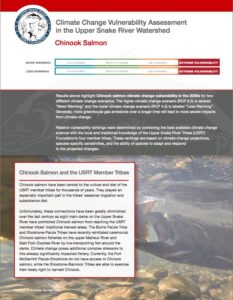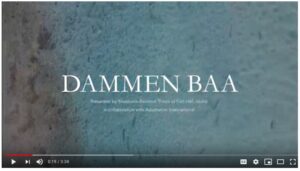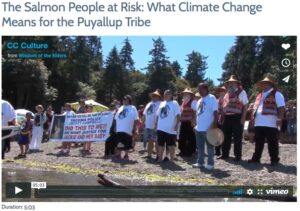Step 4: Plan For Action
Develop an adaptation plan to identify and customize actions that can reduce vulnerability and build resilience to climate change.
Step 4 Content
Click the icon above (or scroll lower on the page) to directly access the main Step content.
Step 4 Checklist
Click the icon above to download an easy-to-use checklist to use while working through Step 4.
Step 4 tribal Examples
Click the icon above to see examples from Tribal climate initiatives across the US specific to Step 4.
Activity 1: SET ADAPTATION GOALS
Articulate long-term goals for adaptation within each planning area to guide the development of adaptation actions.
“Planning for adaptation must necessarily follow and be guided by community goals. For the purposes of this project, the project team was guided by existing goals as contained in documents approved and developed by the Tribal Senate. The primary guiding document is the Swinomish Comprehensive Plan, which addresses goals for all major functions and activities within the Reservation.”

Guiding Questions
Helpful questions to consider during this activity.
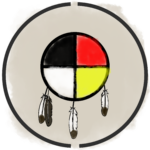
Traditional Knowledges
Considerations for integrating and protecting
Traditional Knowledges during this activity.
Activity 2: IDENTIFY ADAPTATION ACTIONS
Create a list of potential actions that could achieve the adaptation goals for each key concern or planning area.
“What we are seeing on the Owyhee is probably due to less water, but what else? Hot days. It has gotten very hot. Let’s not leave it there…What do we DO about it?”

Guiding Questions
Helpful questions to consider during this activity.

Traditional Knowledges
Considerations for integrating and protecting
Traditional Knowledges during this activity.
Community Engagement Checkpoint
Engaging with community members, Elders, and Tribal staff beyond the planning team can bring in other expertise, viewpoints, and experience to help the Tribe collect all relevant and useful ideas for adaptation actions.
Activity 3: EVALUATE & PRIORITIZE ACTIONS
Evaluate and prioritize adaptation actions to identify actions the Tribe is likely to implement with success.
“A necessary first task in beginning assessment of potential strategies is scoping the range of possible options. After surveying a variety of resources and discussing the possibilities with the Strategy Advisory Group, a broad array of potential strategies was identified.”

Guiding Questions
Helpful questions to consider during this activity.

Traditional Knowledges
Considerations for integrating and protecting
Traditional Knowledges during this activity.
Community Engagement Checkpoint
Consider getting community input on the prioritized adaptation actions.
Documentation Checkpoint
Climate change adaptation plans are often living documents that are revised and updated over time. Thus, it is important to keep notes of the Tribe’s choices in this step.
Activity 4: IMPLEMENTATION PLANS
Adaptation actions are more likely to be effective when they have an implementation plan.
“A common pitfall of community-driven planning is that the process stops with the publication of the plan and implementation stalls due to lack of resources and political will.”

Guiding Questions
Helpful questions to consider during this activity.

Traditional Knowledges
Considerations for integrating and protecting
Traditional Knowledges during this activity.
Activity 5: Sharing the Story of the Tribe’s Adaptation Work
Document and share the process and the products of the Tribe’s adaptation work, while protecting sensitive information, to support continued community engagement and long-term success.
“I cherish my reservation, just because that is where my family is… So, when I think about my position here, I think about managing in a way that they have something in the future to manage themselves.”

Guiding Questions
Helpful questions to consider during this activity.

Traditional Knowledges
Considerations for integrating and protecting
Traditional Knowledges during this activity.
